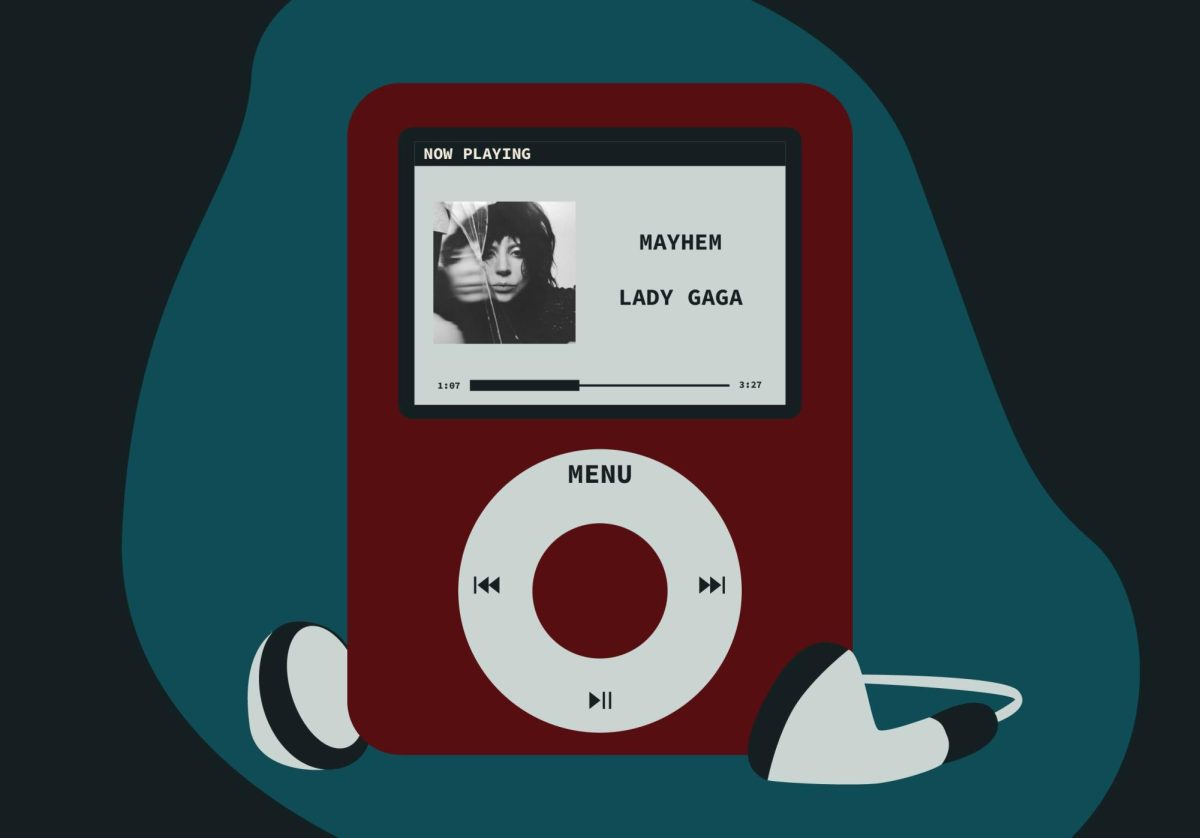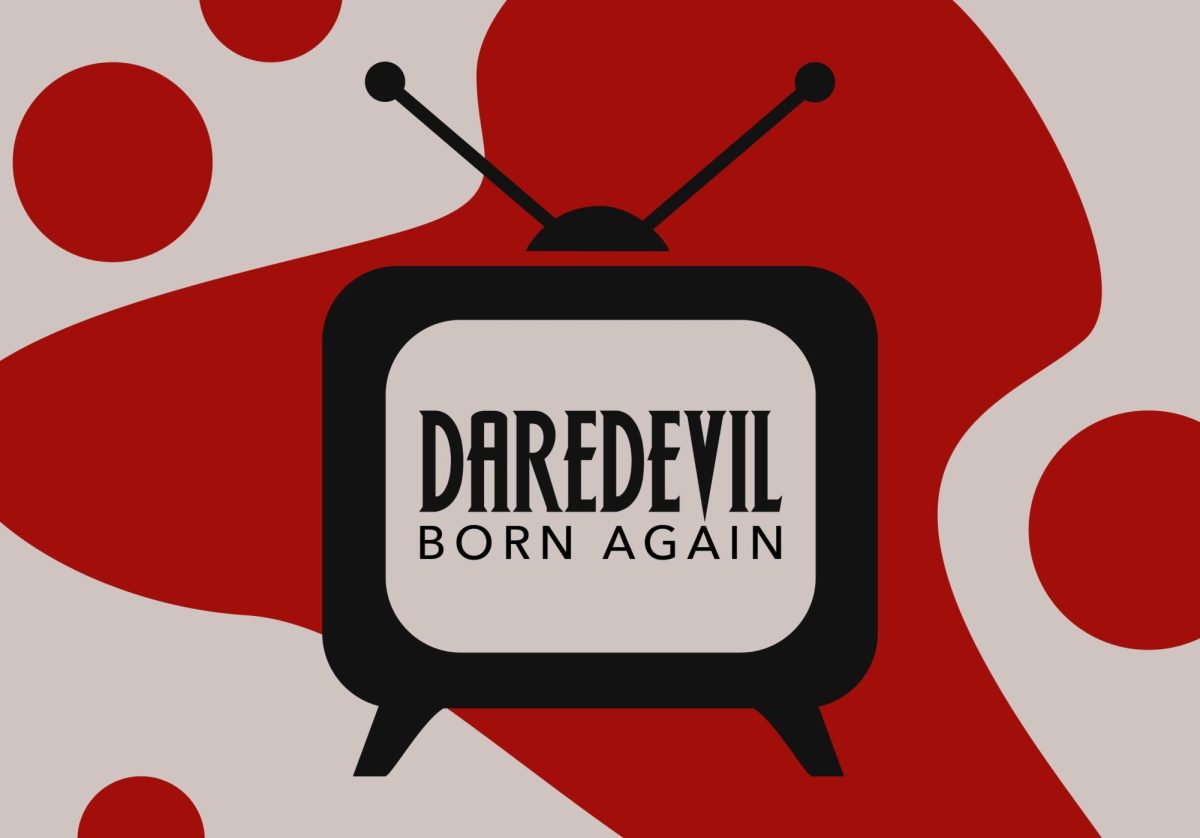While you spend your nights pounding equations into calculators and reading articles in books that you can’t wait to sell back, some students are sweating over a bunch of hot metal, revving up their drills, and painting pink bows onto sculptures of skeletons. These are the art students, and their upcoming graduate and undergraduate exhibitions gave me the chance to get behind the scene of the creation.
When: Reception 6 to 8:30 p.m., Friday, April 4
WHERE: MFA at the Nash Gallery, B.A. at the Regis Center
PRICE: Free
The Nash Gallery smelled like fresh paint as I began my journey by visiting the master of fine arts grads. Most of them had woken up earlier than that one demographic that hangs out at the Library (the bar, the book variety, either one) on Friday nights, and were climbing ladders and hammering nails to set up their wall-spanning projects.
I found deconstructionist Gail Heidel standing amid several piles of red bricks. Turns out those bricks had been through a lot. They used to be part of one solid structure, but in Heidel’s quest to portray interconnectivity and duality, had been taken apart and reassembled into what she casually called “211 variations.” Her goal was to portray how we conceptualize both the Internet and big cities in terms of our sense of connection to humanity as a whole. As she explained, “online you can talk to people across the world, but you’re really at home, alone. Kind of like people can live in a big city and still be alone.”
Caroline Kent was standing on a ladder by a giant shape covered in what looked like subtle graffiti. Recently returned from the Peace Corps, Kent had found herself trying to pin down what had been so mystical about her trip to Romania.
“I eventually figured out that it wasn’t just Romania,” she said, “but something in me that had changed. People don’t realize that these changes are actually ‘places’ inside of us.”
Her goal was to use external objects to depict these places, which she conceptualizes as a vertex between a geographical place and a word, or language. Her pieces are just that – mixes between letters and buildings.
A huge piece that slightly resembled an “A” was painted with a dirty white, scattered with streaks of gray. Kent explained that this was meant to resemble the Communist blocks that people inhabited in Romania, but that she had painted the inside pink to give it another dimension.
“It starts in Romanian,” she mused. “But it gets translated into an unknown language.”
While Kent found definition by immersing herself in a foreign place, R. Justin Stewart was absorbed in plotting the nuances of the often icy, paper-stand-dotted streets of Minneapolis.
“One day I started charting every time I got on and off of Metro Transit buses,” he explained. “I charted where my path overlapped with their maps.”
Using printouts of transit routes, Stewart erased everything but the exact place where the overlap occurred, and turned it into a series of minimalist blue panels, with tiny white strings representing his route. Each panel is a different intensity of blue, to demonstrate the frequency with which each route was taken.
Stewart talked about one of his favorite artists, Mark Lombardy, who makes maps of social connections, often focusing on series of bank collapses.
Tom Roby is equally fascinated with everyday occurrences, but takes the opposite approach of Stewart’s detail mapping. Instead, he wants to challenge our hierarchies of attention and force us to reconceptualize everyday objects.
We looked at a painting of two fluffy pink objects under a row of scratchy black lines.
“What’s that supposed to be?” I asked.
“If I tell people what it is, it’s the only thing they can see,” he answered.
To me, it looked like two messy pillows in the morning, under a wig of Homer Simpson hair. I told him this and he nodded.
I headed across the street to the gallery where the B.A. students were setting up. Knobby pots were sitting on pedestals and me-size portraits were leaning under a wall of photos filled with underwear-clad girls.
I found Jessalynn Courtney under the stairs, looking at her garden of typewriters and errant pieces of paper. The centerpiece was a glittery golden typewriter with its keys popping out in every direction, its mechanical guts showing through a hole in the top.
“So, do you like typewriters a lot?” I asked.
“I don’t know what attracts me to typewriters,” she replied. “I think it started when I got a typewriter tattoo.”
Theresa Crushshon was setting up a giant red-and-black sculpture of symbols that she’d seen in her native New Orleans. The symbols are common in West Africa, representing parables and beliefs like “there’s only one God.”
“If you’re not paying attention, you’d never notice these symbols, but they’re everywhere,” she points out.
I walk home, most definitely passing a few Metro Transit bus stops, with a few more things to look for.







